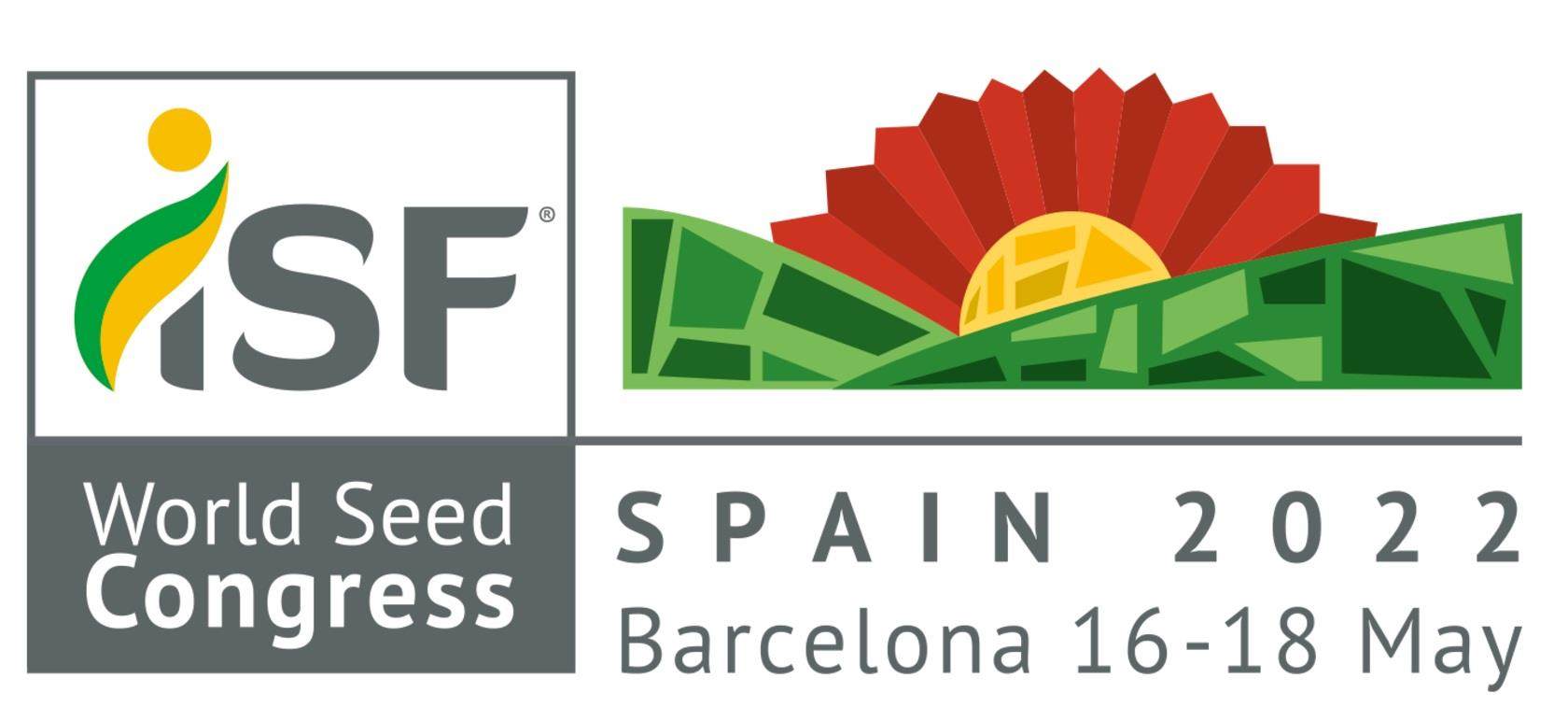Microplastics in focus with European seed businesses
In this newsletter: At the ISF World Seed Congress 2022, microplastics were a well-discussed topic of conversation. We also look at certification, biodegradability testing, and the USA perspective.
CONTENTS
- What did we hear at the ISF?
- Is there an official certification for microplastic-free products?
- Biodegradability testing, what is the status right now?
- How does the USA view microplastics?
What did we hear at the ISF?
At the ISF (International Seed Federation) World Seed Congress last month, it was obvious that the theme around microplastics has landed with, basically, the majority of (European) seed companies as well as suppliers. Everybody is aware of what’s coming our way and is preparing themself. A few questions remain on timing and certain definitions, but not about whether the need for microplastic-free products is real. The main themes at the congress were the supply chain challenges and the uncertainty of supply and prices of fertilizers, as well as the expected increases in certain commodity prices which may disrupt the market when farmers decide to change their crops.
Rob Pronk: ‘It’s encouraging to see that the need for microplastic-free products has become a reality for all seed companies who do business in Europe. Timing of legislation is still uncertain, yet many companies are moving with the proposed draft guidelines’.

Is there an official certification for microplastic-free products?
Currently there are draft guidelines which still need to be approved by the EU and need to be put into legislation. It is not certain yet how this legislation will be enforced once in place. Currently, no official certifying bodies exist who will provide you with an official ECHA-approved certification. Of course, every company can evaluate their product based on the draft ECHA guidelines.Biodegradability testing, what is the status right now?
In the final adopted opinion published on 10th December 2020 by the Committee for Risk Assessment (RAC) and the Committee for Socio-economic Analysis (SEAC), RAC agreed with the Dossier Submitter (European Chemicals Agency – ECHA) that including biodegradable polymers in the exemption from microplastic concern is justified.
In this document it was also clarified that testing should not proceed in a tiered fashion, it is only necessary to demonstrate a positive test in one of the 5 groups of tests presented. Biodegradation of organic polymers may occur under aerobic or anaerobic conditions. The carbon of the polymer is assimilated by microorganisms into biomass carbon and then is either rapidly mineralised into carbon dioxide (CO2) and water (H2O) (or methane (CH4) in anoxic conditions) or used for growth and reproduction (increase of biomass carbon).
Biodegradation tests
| Screening Group 1,2,3 |
ISO method Group 4 |
Simulation Group 5 |
| OECD tests (301 B, C, D, F and 310 with a duration up to 60 days). Consisting of ready (Groups 1 and 2) and inherent (Group 3) biodegradation tests for chemicals that undergo rapid and ultimate biodegradation in the environment. | ISO methods (14851:2019, 1482:2018, 17556:2019, 19679:2017, 22404:2019) specifically developed to determine the biodegradability of plastics (natural and/or synthetic polymers or copolymers, including those containing formulation additives such as plasticisers, colourants or other compounds) relative to a reference material. | Standard OECD simulation tests (OECD 307, OECD 308, OECD 309) that may be used to simulate degradation (half-lives) and distribution under semi-realistic conditions. The test should be performed on the material as placed on the market or released to the environment. As noted in the adopted opinion, at this moment, it is not possible to recommend a polymer only testing approach. Although attractive from the efficiency perspective there is not enough information to conclude the effectiveness of such an approach – this is because there are several studies which indicate that the presence of additives can affect the biodegradability of the mixture. Nevertheless, this will be reviewed in the future, once further data is available. |
The test should be performed on the material as placed on the market or released to the environment. As noted in the adopted opinion, at this moment, it is not possible to recommend a polymer only testing approach. Although attractive from the efficiency perspective there is not enough information to conclude the effectiveness of such an approach – this is because there are several studies which indicate that the presence of additives can affect the biodegradability of the mixture. Nevertheless, this will be reviewed in the future, once further data is available.
How does the USA view microplastics?
Looking at the EPA website, you’ll find that microplastics do have the attention of the EPA and you can find several articles on the topic, including mention of recent white papers. Furthermore, certain states, like California, are beginning to build microplastics management strategies for both drinking water and California’s coastal ocean and estuaries. Currently, there are no concrete plans for any legislation around intentionally added microplastics (like the ECHA restriction).